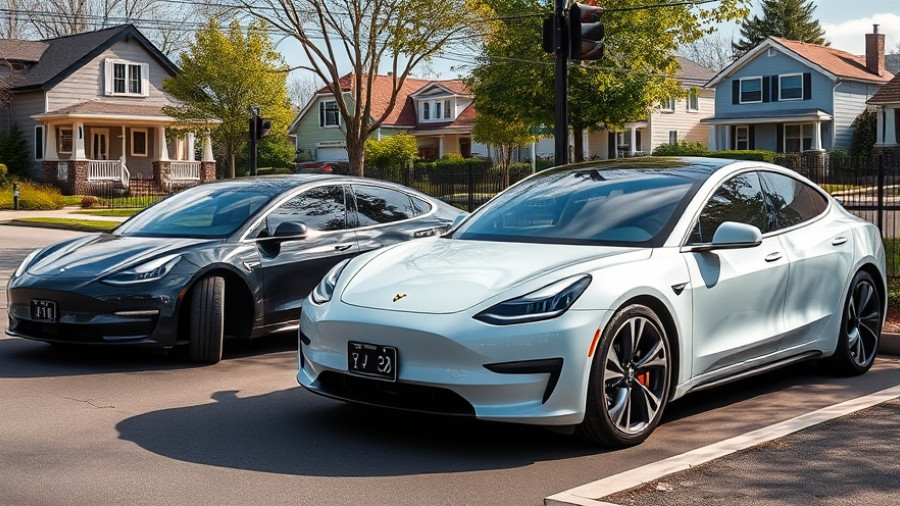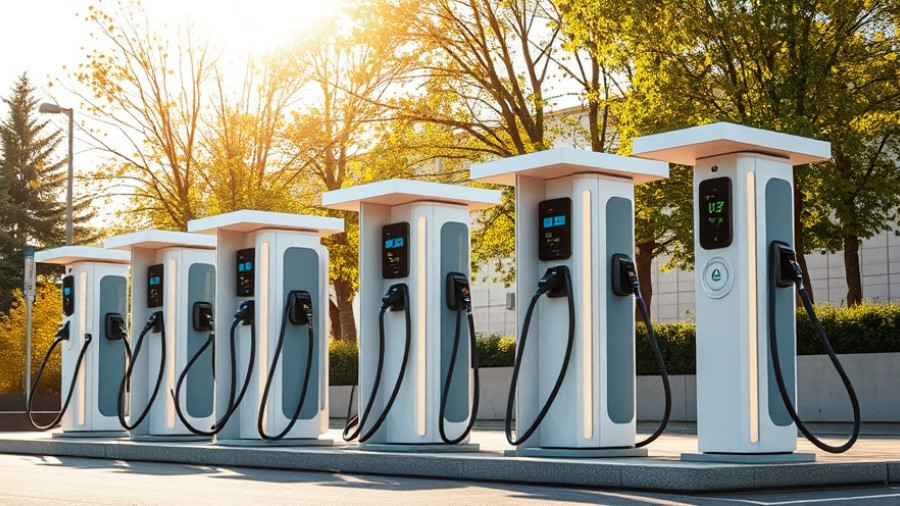
Gdańsk Takes Big Step Toward Sustainable Public Transport
In a significant move towards sustainability, the Municipality of Gdańsk has ordered 30 battery-electric buses from Solaris, marking a pivotal shift in the city’s public transportation system. The fleet consists of 18 Solaris Urbino 12 buses and 12 articulated Urbino 18 vehicles, set to roll out by September 2026. This initiative not only positions Gdańsk among the growing number of cities adopting green transport solutions but also underscores the increasing market potential for electric vehicles (EVs) across Europe.
Why Electric Buses Are a Game-Changer for Gdańsk
By integrating battery-electric buses into its fleet, Gdańsk aims to reduce emissions and improve air quality in the city. These will be the first zero-emission Solaris models to operate within Gdańsk, showcasing the city's commitment to sustainable urban mobility. The benefits are clear: electric buses run quietly, contribute to lower operating costs over time, and significantly enhance urban livability by reducing harmful pollutants.
Advanced Technology and Safety Features Integrated
Solaris has equipped the Urbino series with cutting-edge technology designed to enhance both functionality and safety. The 12-meter buses will come with 600 kWh battery packs, while the articulated 18-meter models will utilize larger systems of up to 800 kWh. Both vehicles feature dual plug-in charging connectors, designed for optimal efficiency and ease during depot operations. Moreover, the design innovation places propulsion components on the roof, allowing for greater passenger space—up to 107 people in articulated models.
Implications for the Future of Urban Transport
The implications of such a fleet expansion are far-reaching. Urban planners and decision-makers may observe how Gdańsk’s venture into electric transit could inform strategies in other regions. This transition not only supports EU safety standards, including advanced driver assistance systems such as blind-spot monitoring and fatigue detection, but also showcases a progressive transportation strategy that may encourage other municipalities to follow suit.
Public Response to Electric Mobility in the Region
Public reception of electric mobility solutions has been generally positive across Europe, with citizens increasingly valuing emissions-free transport options. The investment in electric buses reflects growing demand among the population for sustainable living practices and eco-friendly transport alternatives. This trend can be pivotal for businesses and homeowners considering investments in solar technology and EV charging systems, as improved urban infrastructure could lead to wider adoption.
Conclusion: A Push Towards Greater Eco-Consciousness
As Gdańsk welcomes its new electric buses, it symbolizes a broader shift in public transportation—a move towards sustainability that other cities might be inspired to emulate. Homeowners and businesses looking to embrace renewable energy solutions would do well to observe Gdańsk’s progress as an encouraging case study in green energy applications. With the integration of advanced technology and the growth of EV infrastructure, the future of urban mobility seems brighter than ever.
 Add Row
Add Row  Add
Add 



Write A Comment